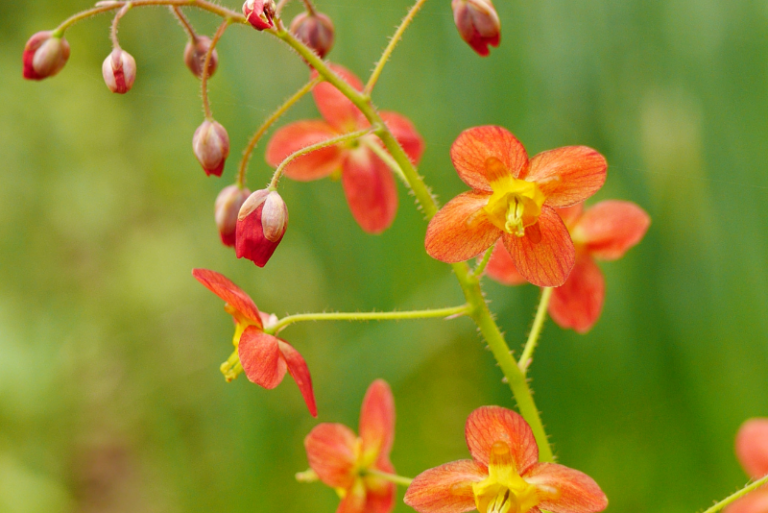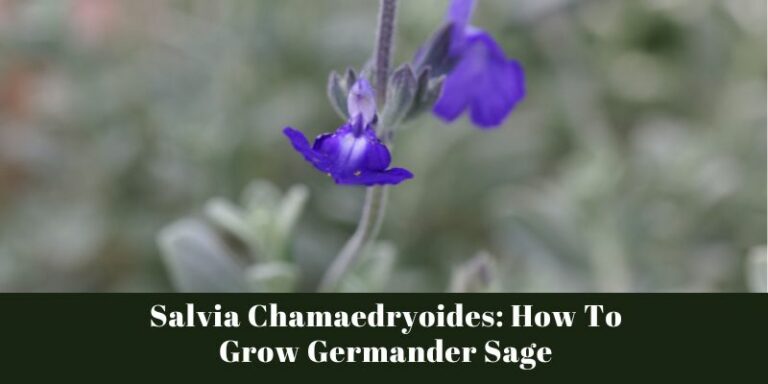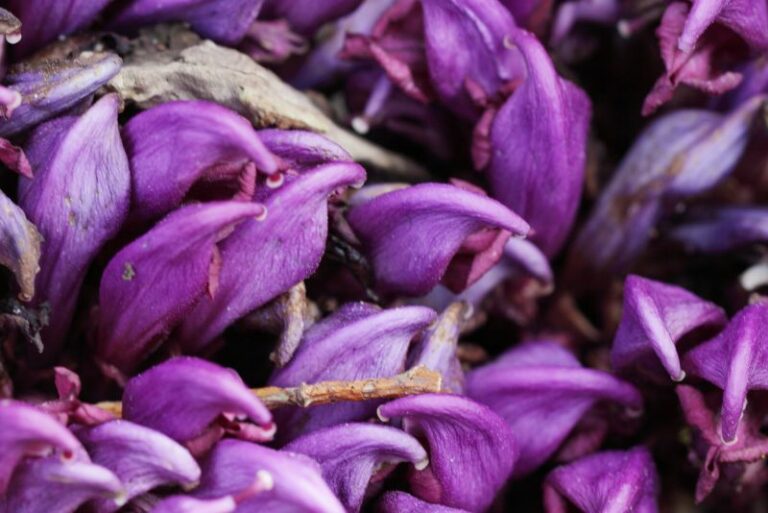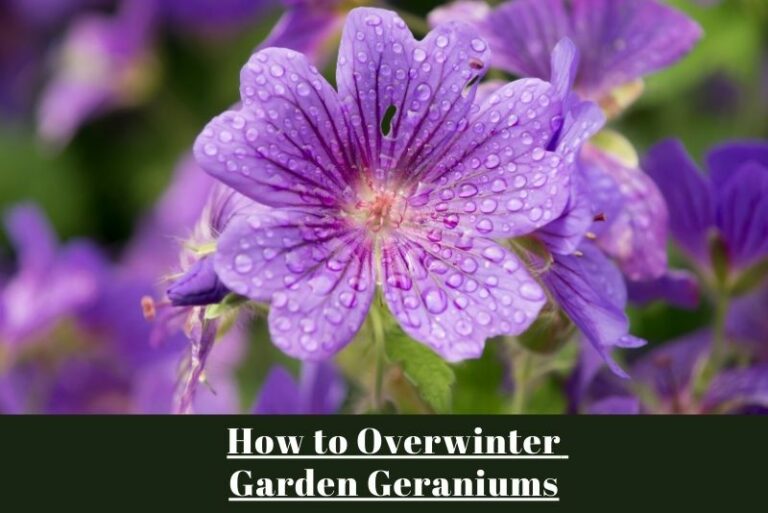Bearded Iris: A Perennial Rainbow for Your Garden
Bearded Iris or Iris germanica are the popular garden plants that produce beautiful and colorful blooms. These flowers are favorites among many gardeners due to their stunning visual appeal, easy maintenance, and durability. They come in a variety of colors, including shades of purple, blue, yellow, white, and even black. Bearded iris is also known for its pleasant fragrance, making it a must-have for any garden.
In this article, we will explore the different types of bearded iris, how to care for them, and why they are the perfect addition to your garden.
Types of Bearded Iris

There are several types of bearded iris that you can choose from when planning to add them to your garden. Each type has its unique characteristics, but all are equally beautiful and low maintenance. Let’s take a look at some of the most popular types of bearded iris.
Tall Bearded Iris
As the name suggests, tall bearded iris can grow up to 3 feet in height, making them the tallest among all types of bearded iris. They usually bloom in late spring or early summer and are available in a wide range of colors, from soft pastels to vibrant hues. Tall bearded iris is perfect for adding height and drama to your garden beds.
Miniature Dwarf Bearded Iris
Miniature dwarf bearded iris, also known as MDB, is the smallest type of bearded iris and can grow up to 8 inches tall. They produce smaller and more delicate flowers compared to other types, but they make up for it with their charming and dainty appearance. MDBs are perfect for adding a pop of color to your rock gardens or front borders.
Standard Dwarf Bearded Iris
Standard dwarf bearded iris or SDB is a slightly taller version of MDB, growing up to 16 inches tall. They have a more compact and bushier growth habit, making them perfect for edging or filling in gaps between taller plants. SDBs produce larger flowers compared to MDBs but are still smaller than tall bearded iris.
Intermediate Bearded Iris
Intermediate bearded iris is the middle ground between tall bearded iris and standard dwarf bearded iris, growing up to 2 feet tall. They are available in a wide range of colors and produce larger flowers compared to SDBs. Intermediates make great border plants and can also be used for cut flower arrangements.
Beardless Iris
Beardless iris, also known as Siberian iris, is another popular type of iris that does not have the characteristic “beard” on its petals. They come in shades of blue, purple, and white and are more tolerant of wet conditions compared to bearded iris. Beardless iris is perfect for adding a touch of elegance to your water gardens or moist areas in your garden.
Read also: Hydroponic Orchids: The Future of Gardening
Quick Care Guide

Bearded iris is known for its low maintenance nature, but they still require some care to thrive and produce beautiful blooms. Here is a quick care guide for your bearded iris.
Planting
Bearded iris should be planted in late summer or early fall, giving them enough time to establish their roots before winter. They prefer well-draining soil and full sun exposure, although they can tolerate some light shade. When planting, make sure the rhizomes (roots) are partially exposed to the sun and not buried deep in the soil.
Watering
Bearded iris prefers to be on the drier side, so water deeply once a week during their active growing season. Avoid overhead watering as it can lead to fungal diseases. Once they are established, they are drought-tolerant and do not require much watering.
Fertilizing
It is essential to fertilize bearded iris in early spring before they start actively growing. Use a balanced fertilizer, such as 10-10-10, and apply it according to the package instructions. Avoid fertilizing after mid-summer as it can lead to soft and weak stems.
Division
Bearded iris should be divided every 3-4 years, usually in late summer or early fall. This helps prevent overcrowding, promotes better air circulation, and encourages vigorous growth. Dig up the rhizomes and cut off any damaged or diseased parts before replanting them.
Pest and Disease Control
Bearded iris is generally pest and disease-resistant, but they can still be affected by some issues. Thrips, aphids, and iris borers are some common pests that can infest bearded iris. Regularly inspect your plants for any signs of pest infestation and treat them immediately to prevent damage. As for diseases, be on the lookout for fungal diseases such as leaf spot or bacterial soft rot, and take necessary measures to control them.
Troubleshooting Bearded Irises

Bearded irises are generally easy to grow, but like any plant, they can face some challenges. Here are some common problems and their solutions.
No blooms or few blooms
If your bearded iris is not producing any or very few blooms, it could be due to overcrowding or lack of sunlight. Consider dividing the rhizomes and replanting them in a sunnier location.
Discolored foliage
Yellow or brown spots on the leaves can indicate a fungal disease. Remove and destroy any affected leaves, and treat with a fungicide if necessary.
Wilting blooms
If your blooms are wilting before they fully open, it could be due to thrips or aphids feeding on them. Treat with insecticidal soap or horticultural oil to get rid of the pests.
Yellowing Leaves
Yellowing leaves on bearded iris could be a sign of overwatering, lack of nutrients, or pest infestation. Check the soil moisture level, fertilize if needed, and inspect for any pests that might be causing the issue.
Pests You Might Encounter
Apart from the pests mentioned earlier, here are a few more pests that you might encounter while growing bearded iris.
Iris Borer
Iris borers are the larvae of a moth that can cause significant damage to your bearded iris. They feed on the rhizomes, causing them to rot and die. Look out for small holes in the leaves, yellowing or wilting foliage, and mushy rhizomes as signs of iris borer infestation.
Leafminers
Leafminers are small insects that lay their eggs on the leaves of bearded iris. The larvae then tunnel through the leaf tissue, leaving behind distinctive trails. They can weaken your plants and make them susceptible to other issues if left untreated.
Slugs and Snails
Slugs and snails are common garden pests that can also feed on your bearded iris. They leave behind large holes in the leaves, making them look tattered and unattractive. Handpicking or using natural deterrents such as copper tape can help control these pests.
Conclusion
Bearded iris is a beautiful, easy-to-grow addition to any garden. With their varied types and colors, they can add interest and charm to your flower beds or borders. By following the quick care guide and being on the lookout for any problems, you can enjoy these stunning blooms year after year. So why wait? Add some bearded irises to your garden today! Happy gardening!






